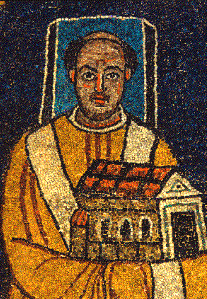Text taken from The Saint Andrew Daily Missal,
unless otherwise stated.
The Vigil of Saint James.
Apostle.
24 July.
Violet Vestments.

Saint James the Greater.
and his Staff and Pilgrim's Hat beside him.
Artist: Rembrandt (1606–1669).
Date: 1661.
(Wikimedia Commons)
Like most of The Feasts of The Apostles, which were formerly of obligation, that of Saint James is preceded by a Vigil.
This Saint was one of The College of Twelve, who, like The Twelve Sons of Jacob, received his inheritance and had to evangelise part of The Church, figured of old by The Promised Land (Epistle).
With his brother, Saint John, and with Saint Peter, he was privileged to witness The Transfiguration of Jesus and His Agony in The Garden of Olives.
He was the first among The Apostles to have the honour of bearing witness to Christ by shedding his blood in the City of Jerusalem. He thus gave, like his Master, the proof of the greatest love, which consists in sacrificing one's life for those one loves (Gospel).
Let us, with The Church, prepare ourselves in Meditation and Prayer for The Feast Day, tomorrow.
Mass of The Vigil of an Apostle: Ego autem.
Commemoration of Saint Christina. Virgin and Martyr
by the Collects of the Mass: Me exspectavérunt.
This Saint was one of The College of Twelve, who, like The Twelve Sons of Jacob, received his inheritance and had to evangelise part of The Church, figured of old by The Promised Land (Epistle).
With his brother, Saint John, and with Saint Peter, he was privileged to witness The Transfiguration of Jesus and His Agony in The Garden of Olives.
He was the first among The Apostles to have the honour of bearing witness to Christ by shedding his blood in the City of Jerusalem. He thus gave, like his Master, the proof of the greatest love, which consists in sacrificing one's life for those one loves (Gospel).
Let us, with The Church, prepare ourselves in Meditation and Prayer for The Feast Day, tomorrow.
Mass of The Vigil of an Apostle: Ego autem.
Commemoration of Saint Christina. Virgin and Martyr
by the Collects of the Mass: Me exspectavérunt.

Saint James the Greater.
Illustration: UNA VOCE OF ORANGE COUNTY
Artist: Rene de Cramer.
“Copyright Brunelmar/Ghent/Belgium”.
Used with Permission.


























